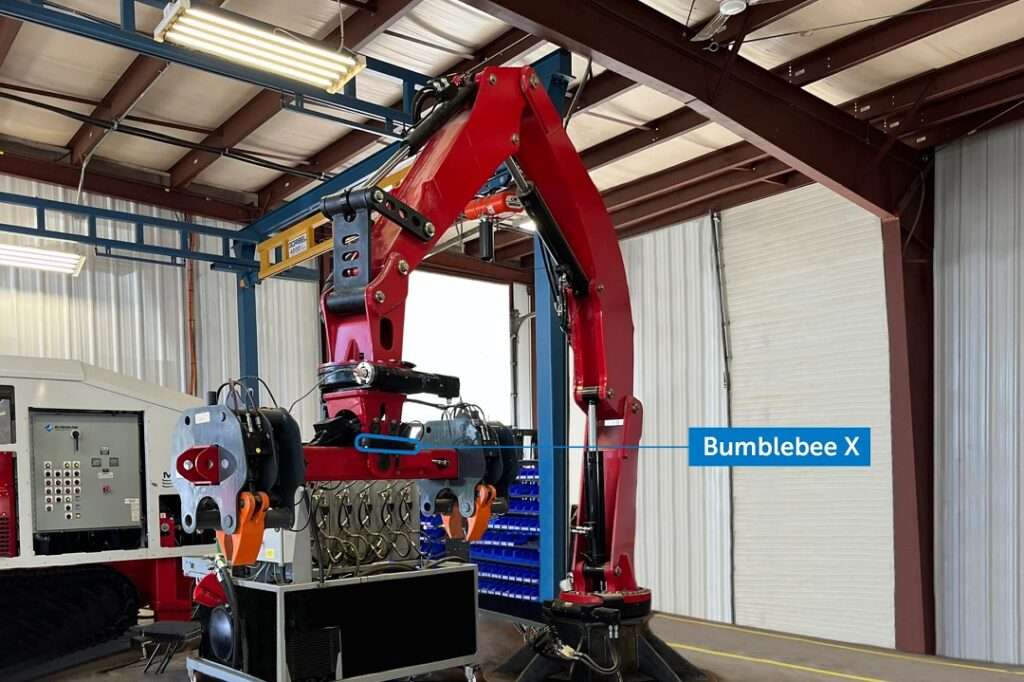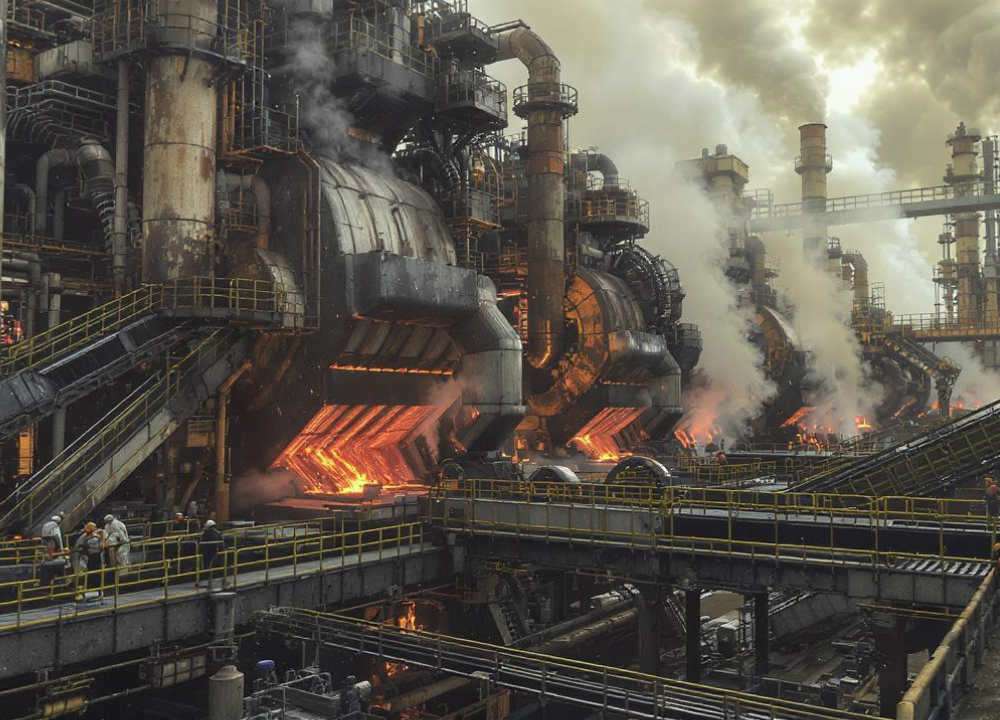In a landmark move, the Nuclear Power Corporation of India (NPCIL) will manage 220 MW small nuclear plants for private sector entities, who will provide funding and land for the projects, according to a senior government official. “The private sector will supply both funding and land, while NPCIL will oversee the plant’s operation,” the official stated.
Since NPCIL, a public enterprise under the Department of Atomic Energy, will operate the plants, no amendments to the Atomic Energy Act will be necessary, as the sector is restricted to government-run companies under current law, another official explained.
These small nuclear reactors, to be known as ‘Bharat Small Reactors,’ are already under development at the Bhabha Atomic Research Centre (BARC), using the Pressurised Heavy Water Reactor (PHWR) technology that India has refined over time.
Initially, these reactors are expected to serve energy-intensive industries like steel manufacturing. Some private companies that currently use captive power plants could replace them with these small nuclear reactors in the future, according to the official.
In her Union Budget speech, Finance Minister Nirmala Sitharaman announced that the government would collaborate with the private sector to build Bharat Small Reactors and support research into small modular reactors, though further details were not provided.
Officials noted that while foreign companies have offered to build small reactors in India, their price estimates are significantly higher. Building a small modular reactor with foreign partners could cost around Rs 100 crore per megawatt, whereas India can achieve it with PHWR technology at Rs 16 crore per megawatt.
Globally, only a few small modular reactors are currently operational. According to the International Atomic Energy Agency (IAEA), there are more than 80 designs and concepts for small modular reactors, most of which are in the development phase, with some nearing deployment.
Currently, four small modular reactors are under construction in Argentina, China, and Russia, and several other countries are actively researching the technology.
India’s expertise in PHWR technology grew after sanctions following its 1974 nuclear tests. The country began with 200 MW reactors, expanded to 220 MW, and then advanced to 540 MW and 700 MW reactors. In 2017, the government approved the construction of 10 nuclear plants, each with a 700 MW capacity.
NPCIL operates 24 nuclear plants, 18 of which are PHWRs. Of these, 14 have a 220 MW capacity, two have a 540 MW capacity, and one is a 200 MW plant. Unlike conventional nuclear reactors, small modular reactors can be factory-built and transported, making them a more flexible energy option. These reactors have a capacity of up to 300 MW per unit.
India’s push for nuclear power aligns with its broader goals of reducing carbon emissions and achieving net-zero targets. Currently, India’s installed nuclear capacity stands at 7,480 MW, and this is expected to rise to 22,480 MW by 2031.







